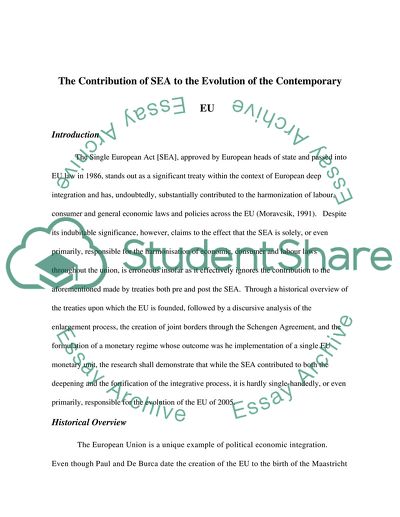Cite this document
(“Critically examine how effective the Single European Act has been in Essay”, n.d.)
Critically examine how effective the Single European Act has been in Essay. Retrieved from https://studentshare.org/miscellaneous/1535685-critically-examine-how-effective-the-single-european-act-has-been-in-creating-a-european-internal-market
Critically examine how effective the Single European Act has been in Essay. Retrieved from https://studentshare.org/miscellaneous/1535685-critically-examine-how-effective-the-single-european-act-has-been-in-creating-a-european-internal-market
(Critically Examine How Effective the Single European Act Has Been in Essay)
Critically Examine How Effective the Single European Act Has Been in Essay. https://studentshare.org/miscellaneous/1535685-critically-examine-how-effective-the-single-european-act-has-been-in-creating-a-european-internal-market.
Critically Examine How Effective the Single European Act Has Been in Essay. https://studentshare.org/miscellaneous/1535685-critically-examine-how-effective-the-single-european-act-has-been-in-creating-a-european-internal-market.
“Critically Examine How Effective the Single European Act Has Been in Essay”, n.d. https://studentshare.org/miscellaneous/1535685-critically-examine-how-effective-the-single-european-act-has-been-in-creating-a-european-internal-market.


